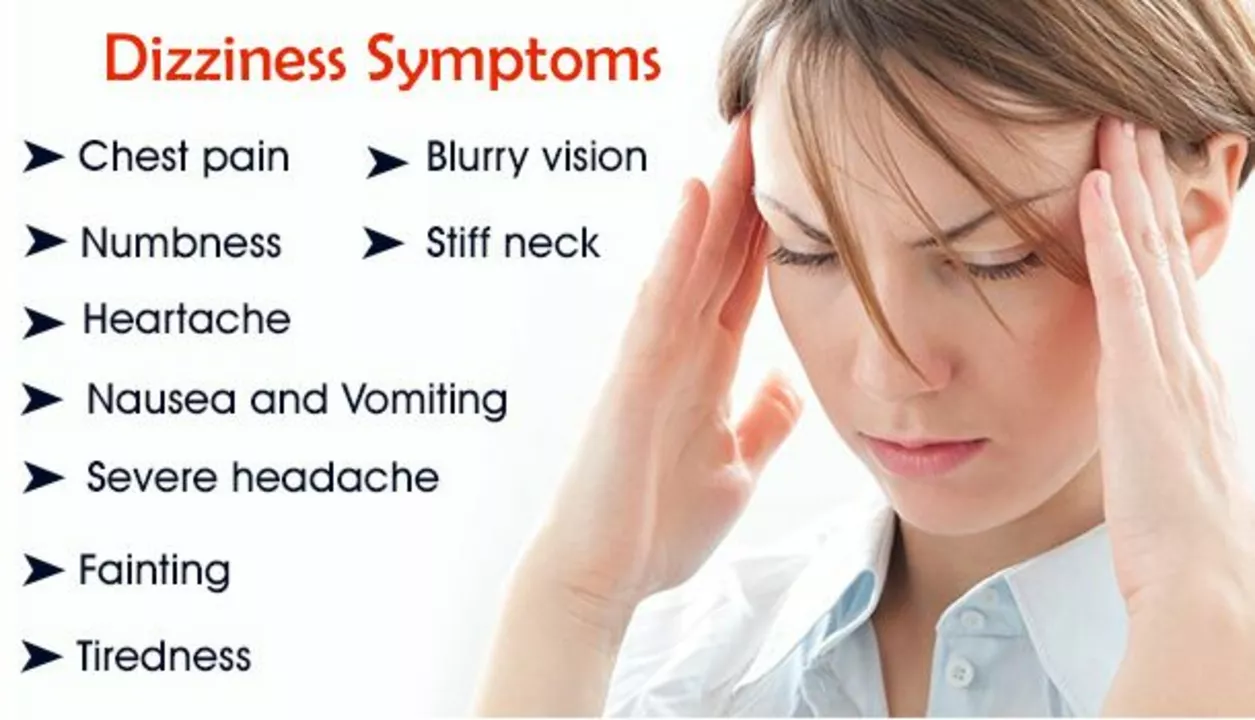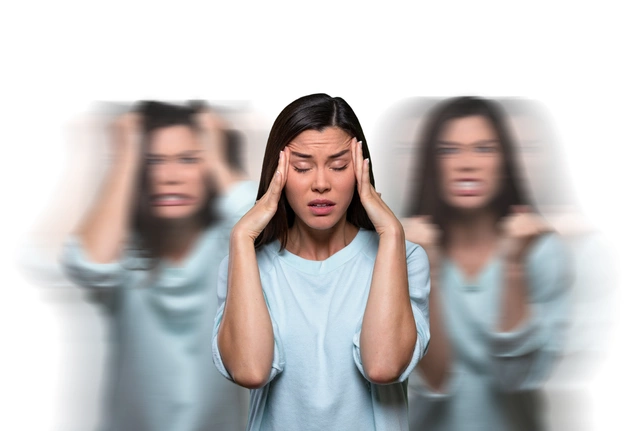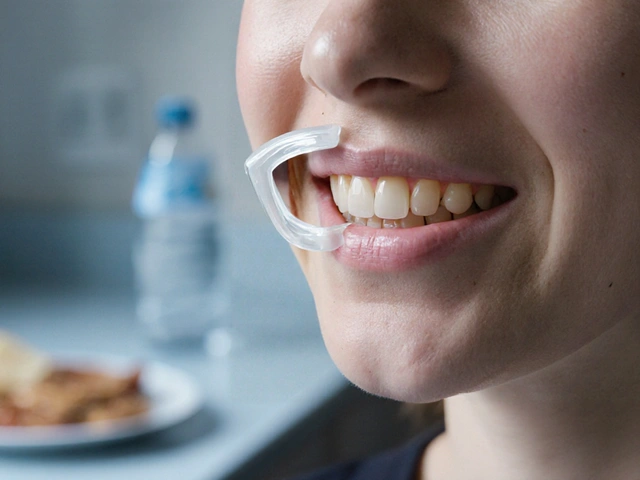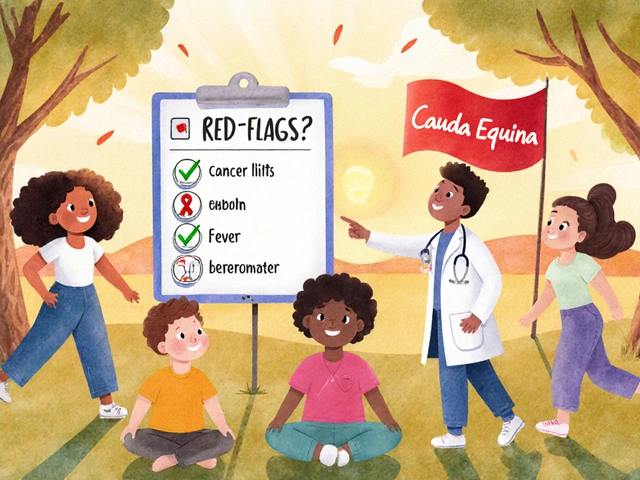Chronic pain: practical help, safe meds, and real life tips
If pain hangs around for months, it stops being just a symptom and starts running your life. You want clear steps that work, not vague advice. This page gathers practical tips, medicine options, and safety pointers so you can manage daily pain smarter.
First, know what kind of pain you have. Nerve pain feels sharp, burning, or like tingling; muscle and joint pain is dull, aching, or tight. The cause matters for treatment. See a doctor if pain wakes you at night, follows an injury, or comes with fever, numbness, or sudden weakness.
Common OTC choices work for many people. Ibuprofen and naproxen reduce inflammation and help joint or muscle pain. Acetaminophen eases pain but won't lower inflammation. Prescription options include low-dose antidepressants or anti-seizure drugs for nerve pain, and opioids for short, severe flares only.
Non-drug tools often make the biggest difference. Physical therapy teaches moves to strengthen weak muscles and reduce strain. Heat, cold, and simple home stretches can ease flares fast. Mind-body work like paced breathing, CBT, or guided relaxation helps the pain loop that keeps pain loud.
Small lifestyle changes add up. Better sleep, steady walking, and losing a little weight reduce pressure on joints and lower pain signals.
If you buy medicine online, pick a licensed pharmacy and check reviews, clear contact info, and a real prescription policy. Never mix opioids with alcohol or sedatives; tell your doctor all the drugs you take.
A pain plan needs testing and patience. Ask for imaging, nerve tests, or a referral to a pain clinic when simple steps fail.
Start with clear tracking: note what makes pain worse, what helps, sleep, and mood for two weeks. Bring that list to your provider — it speeds diagnosis and cuts guesswork.
What to try this week
Days one to three: track pain, medications, sleep, and what you eat. Try a short walk twice daily and two ten-minute stretching sessions. Apply heat for 20 minutes before activity and ice after heavy use. If OTC meds help, note which and the dose.
Questions to ask your doctor
Which tests should I get to find the cause? What simple treatments can I try at home first? Are any prescription drugs likely to help my specific pain type, and what are side effects? Should I see a physical therapist, pain specialist, or a mental health provider for coping skills? How long should I try each treatment before we change it? Are there safe alternatives if I need long-term relief to avoid opioid dependence? Can you explain red flags that mean I should go to the ER?
Useful tools: pain diary app, a simple cane or brace for joint support, and a sleep tracker. Also check reliable sites like Blueskydrugs.com for straightforward drug info and safety tips. If pain stays the same or worsens after four to six weeks, push for more testing. You deserve answers and better days. Start small and be consistent. Always.




